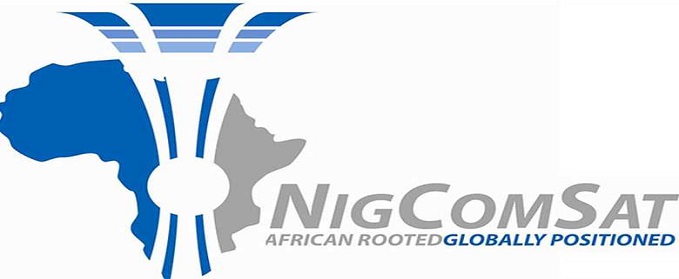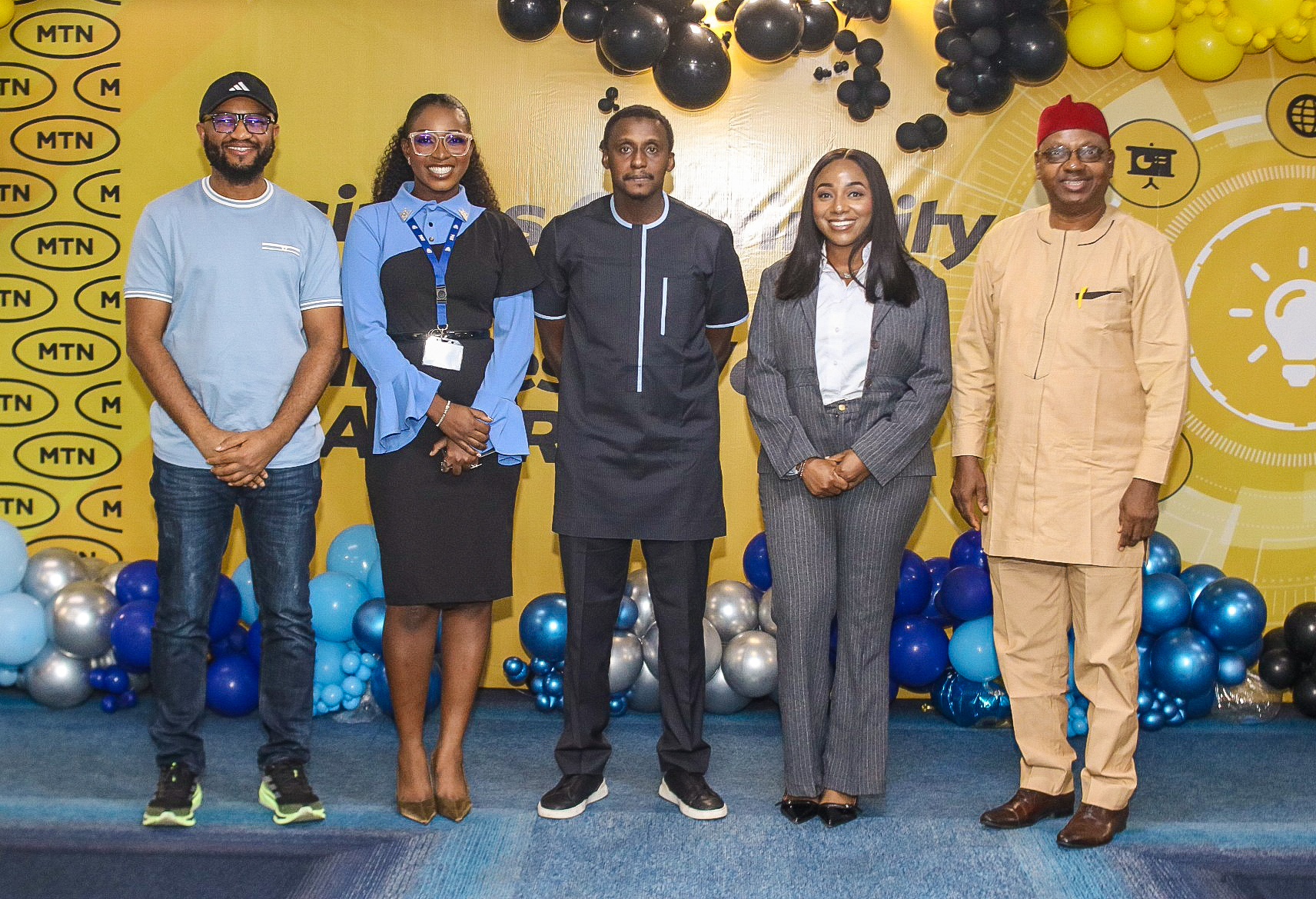Telecom
FG to Replace NIGCOMSAT-1R Communications Satellite

Nigerian Communications Satellite Limited (NIGCOMSAT), which owns and operates Nigeria’s communications satellite systems, has begun the process of replacing its NIGCOMSAT-1R communications satellite.

It is reportedly seeking support from investors and collaborators worldwide to do this.
NIGCOMSAT-1R’s operational lifespan began in 2011 and is set to conclude in 2026. The original contract for the in-orbit delivery of the NIGCOMSAT-1R satellite was signed on 24 March 2009, by the China Great Wall Industry Corporation (CGWIC) and the Nigerian Federal Ministry of Science and Technology.
Successfully launched on December 19, 2011, it was a replacement for the failed NIGCOMSAT-1 which was launched on May 13, 2007.
The aim was for the satellite to be used for communications, including broadcasting, internet services, health, agriculture, environmental protection and national security.
It is not clear how successful this aim has been over the past 13 of the 15 years of the satellite’s lifespan. Nevertheless Nigeria now plans to launch NIGCOMSAT 2 and 3 and a call for expression of interest has been published in the Global Satellite Operators’ Association newsletter.
NIGCOMSAT is currently focusing on upgrades and recently announced a partnership with South African IT services company Dimension Data through which NIGCOMSAT will provide internet services via its NIGCOMSAT-1R network platform to Dimension Data for an initial period of one year.
Telecom
How Zabira is Empowering the Next Generation of Entrepreneurs

Financial independence is no longer a distant dream but a daily reality, especially for young entrepreneurs cashing out weekly through innovative platforms like Zabira.

From trading gift cards to paying bills with crypto-converted naira, Zabira is proving to be more than just a fintech app; it’s a complete digital marketplace designed to fuel the ambitions of the next generation of hustlers.
With users reportedly earning up to ₦150,000 weekly from ongoing campaigns, Zabira has become a go-to platform for side income and full-time digital entrepreneurship.
Its frequent cashback campaigns reward both new and existing users, allowing them to earn 2% cashback on their first crypto trade and 3% on their first gift card trade, a simple but powerful incentive that reduces entry barriers for young people stepping into digital finance.
But Zabira isn’t just about trading; it’s about everyday life. In a move to deepen its utility and promote seamless living, the platform has expanded its bill payment business unit. Users can now pay for airtime, data, electricity (PHCN), TV subscriptions, and even fund wallets for platforms like Bet9ja, all within the Zabira App.
Zabira allows users to make utility and other payments directly using crypto. For added flexibility, users can also instantly convert their crypto to naira, removing any limitations and ensuring seamless transactions without bank delays or downtime.
This subtle integration of crypto into daily transactions is a major leap forward in digital financial inclusion. It not only helps normalise the use of digital assets but also provides practical avenues for users to derive real-world value from their crypto holdings.
Zabira also understands the frustrations of online subscriptions, especially when traditional bank cards fail. Through its robust gift card marketplace, users can buy and use cards for platforms like Netflix, Spotify, Google Play, Apple, Amazon, and more.
These cards offer a reliable alternative for accessing services that are increasingly essential for both work and leisure and are especially helpful for digital creatives, remote workers, and students.
Beyond utility, the platform keeps the entrepreneurial spirit alive with bonus campaigns on first-time gift card trades, creating more reasons for users to engage and earn. With every trade, Zabira positions itself not just as a service provider but as a digital enabler supporting users on their financial journey.
In a country where access to financial tools can often feel like a privilege, Zabira is leveling the playing field. Whether you’re a student looking to subscribe to an online course, a freelancer paying for tools, or a small business owner funding your daily operations, Zabira is building the infrastructure that turns these goals into everyday wins.
To get started using Zabira, users can download the app on Android and iOS devices.
Telecom
Driving Digital Inclusion: Anambra’s Mobile Tech Hub Brings Free WiFi to the People

The Geeks & Founders Alliance for Soludo (GEFAS) has taken another bold step in supporting Governor Charles Chukwuma Soludo’s vision of a smart, connected Anambra with the official launch of its Mobile Tech Hub- a custom-built bus bringing free WiFi directly to the people.

Fully equipped with high-speed internet, voice and data services, and backup power, the GEFAS Mobile Tech Hub can connect up to 3,000 people at rallies, campaign grounds, and public spaces: expanding the Solution WiFi initiative already live at over 26 locations across Anambra.
The Deputy Governor of Anambra State, Dr. Onyekachukwu Ibezim, flagged off the Mobile Tech Hub at a brief ceremony held on Thursday, 24th July 2025, at the Tower of Light, Emeka Anyaoku Boulevard, Awka.
He was joined by the Secretary to the State Government, Prof. Solo Chukwulobelu; the Deputy Chief of Staff/Chief Protocol to the Governor, Chief Chinedu Nwoye; other senior government officials; the media; and the GEFAS community.
Dr. Ibezim, visibly excited as he inspected the hub’s features, described it as an initiative perfectly aligned with what the Governor is doing in the state.
“We don’t expect anything less from Agbata, who is a guru in this field: exactly why the Governor puts square pegs in square holes,” he said, pointing to the sophistication of the project and the Governor’s deliberate choices.
“I hear wherever this vehicle parks, people can connect freely, in line with our mantra of making Anambra a place to live, invest, work, relax, and enjoy
“I thank Agbata for this great feat and assure our government’s support to make Anambra the smart mega city we all desire
He further emphasized that this will not be a one-off.
“Mr. Governor is also working to make this permanent. We are not just going to leave you with one vehicle. So I encourage everyone: wherever you see this bus parked, connect to the free WiFi and get your job done.” he concluded.
Earlier in his remarks, Chukwuemeka Fred Agbata, CFA, GEFAS Convener and MD/CEO of the Anambra State ICT Agency, said:
“We are here to celebrate innovation made possible by Mr. Governor’s forward-thinking policies, like waiving Right of Way (RoW) charges, which opened up fibre optic expansion and connectivity across Anambra.
“Today, various public places, student lodges, and even four higher institutions in the state already enjoy free WiFi, just as Governor Soludo promised in his People’s Manifesto.
“Now, with this Mobile Tech Hub, wherever the Governor goes during the campaign period, people can enjoy free connectivity and high-speed internet.
“All over the world, we know that when broadband expands, the economy grows.
He added, “Data is expensive these days, so this bus will bring relief to Ndi Anambra.
“Wherever you see it passing through your neighborhood, you can hop online for free- maybe download a movie, a song, or do whatever you like.
It’s a practical solution that the Solution Government is delivering. So, vote Governor Soludo, and let the Solution continue” Agbata concluded.
The bus is set to hit the road in the coming days, following Governor Soludo to campaign grounds and reaching far more neighborhoods in earnest.
With this milestone, GEFAS reaffirms its commitment to helping Anambra become the smart, connected, and prosperous state that every citizen can proudly call home.
Telecom
MTN Media Innovation Programme Fellows Gain Insight into Nigeria’s Connectivity Backbone

Fellows of the MTN Media Innovation Programme (MIP) embarked on an intensive industry tour recently, gaining firsthand experience of MTN Nigeria’s infrastructure and learning how technology is shaping the future of connectivity and storytelling.

L-R: Dr Chike Mgbeadichie, Programs Director, Professional Education, School of Media and Communications, Pan-Atlantic University; Blessings Mosugu, Vice President, MTN Media Innovation Programme Cohort 4; Yahaya Ibrahim, Chief Technical Officer, MTN Nigeria; Rebecca Edun, Social Director, MTN MIP Cohort 4 and Isaac Ogugua-Ezechukwu, Programs Administrator, Professional Education, School of Media and Communications, Pan-Atlantic University, during the July session of the MTN Media Innovation Program held at the MTN Plaza, Ikoyi, recently.
The day began with a visit to the MTN Cable Landing Station, where the Fellows explored the facility that serves as a gateway for international data traffic. The tour provided insights into the network that powers Nigeria’s digital ecosystem.
At the MTN Switch in Aromire, the group observed key operations ensuring seamless connectivity across the country. They were guided through the processes that keep millions of Nigerians connected daily.
Later at MTN’s Head Office in Falomo, the Fellows engaged in two sessions with the company’s executives.
Onyinye Ikenna-Emeka, Chief Marketing Officer, discussed the role of 5G and IoT in driving innovation and storytelling in the media. “5G is not just about speed; it’s an enabler of experiences,” she said. “With ultra-low latency and massive device connectivity, we can deliver high-definition content production, virtual reality experiences and cloud-native workflows that redefine how journalists create and audiences consume media.”
The CMO also noted that MTN’s leadership in 5G since 2022 has opened doors for industries such as healthcare, education, and entertainment to innovate.
In a session on network innovation and digital transformation, MTN’s Chief Technical Officer, Yahaya Ibrahim, shared how the company is leveraging artificial intelligence for demand planning and network optimisation. “AI allows us to predict faults, automate maintenance and plan smarter for Nigeria’s unique needs,” he said.
He also highlighted the technical challenges of maintaining network stability. “From seamless handovers between base stations to combating fibre cuts and vandalism, we work around the clock because connectivity is critical to the economy and to people’s lives,” Ibrahim said.
The day provided Fellows with a comprehensive understanding of MTN’s infrastructure and the technologies shaping Nigeria’s digital future, reinforcing the programme’s goal of empowering media professionals to tell richer, more informed stories about the industry.

 General News2 days ago
General News2 days agoFG Plans N50m STEEM Grant to Support Student Innovation in August

 E-Business2 days ago
E-Business2 days agoTranscorp Hotels Delivers Stellar H1 Results, Declares Over ₦1Bn Dividend

 Telecom2 days ago
Telecom2 days agoMTN Media Innovation Programme Fellows Gain Insight into Nigeria’s Connectivity Backbone

 E-Financial2 days ago
E-Financial2 days agoCardoso, CBN Boss Risks Arrest over Alleged N5.2 Trillion Unremitted Funds

 General News2 days ago
General News2 days agoExperts Champion Sustainability at Lagos Green Economy Forum

 General News2 days ago
General News2 days agoUK Businesses Look to Africa As Strategic Growth Partners

 Telecom3 days ago
Telecom3 days agoAirtel Africa Grew Customer Base to 169m as Q1 Revenue Hits $1.4 Billion

 Telecom2 days ago
Telecom2 days agoDriving Digital Inclusion: Anambra’s Mobile Tech Hub Brings Free WiFi to the People


















